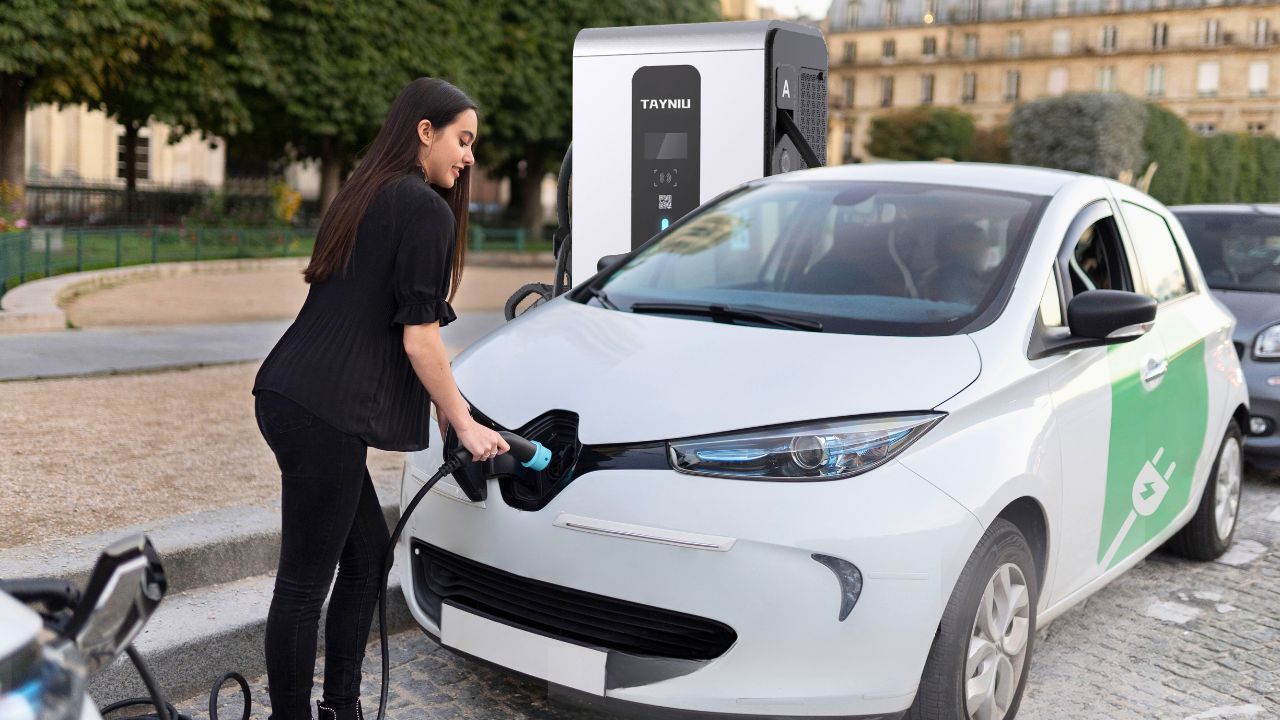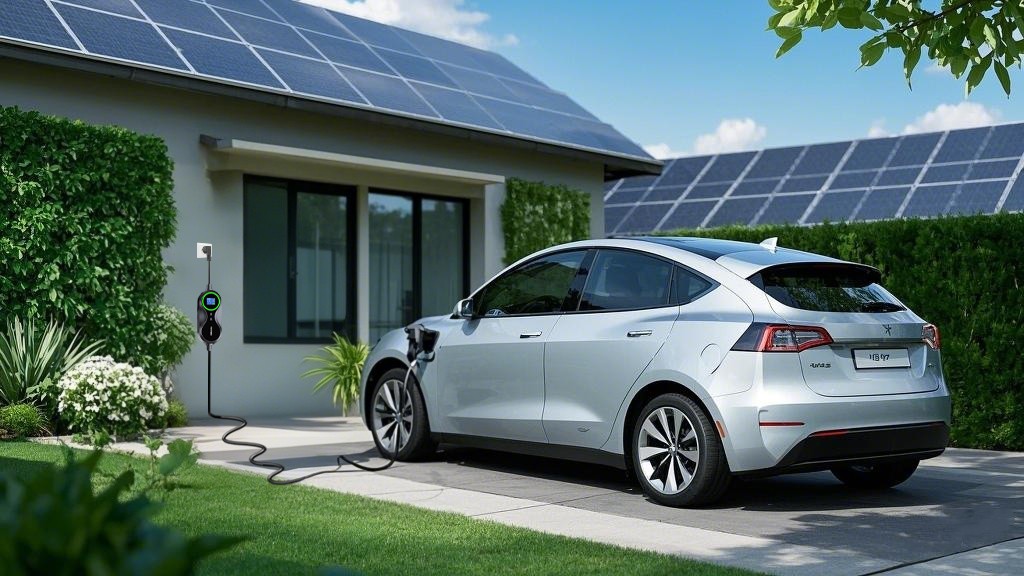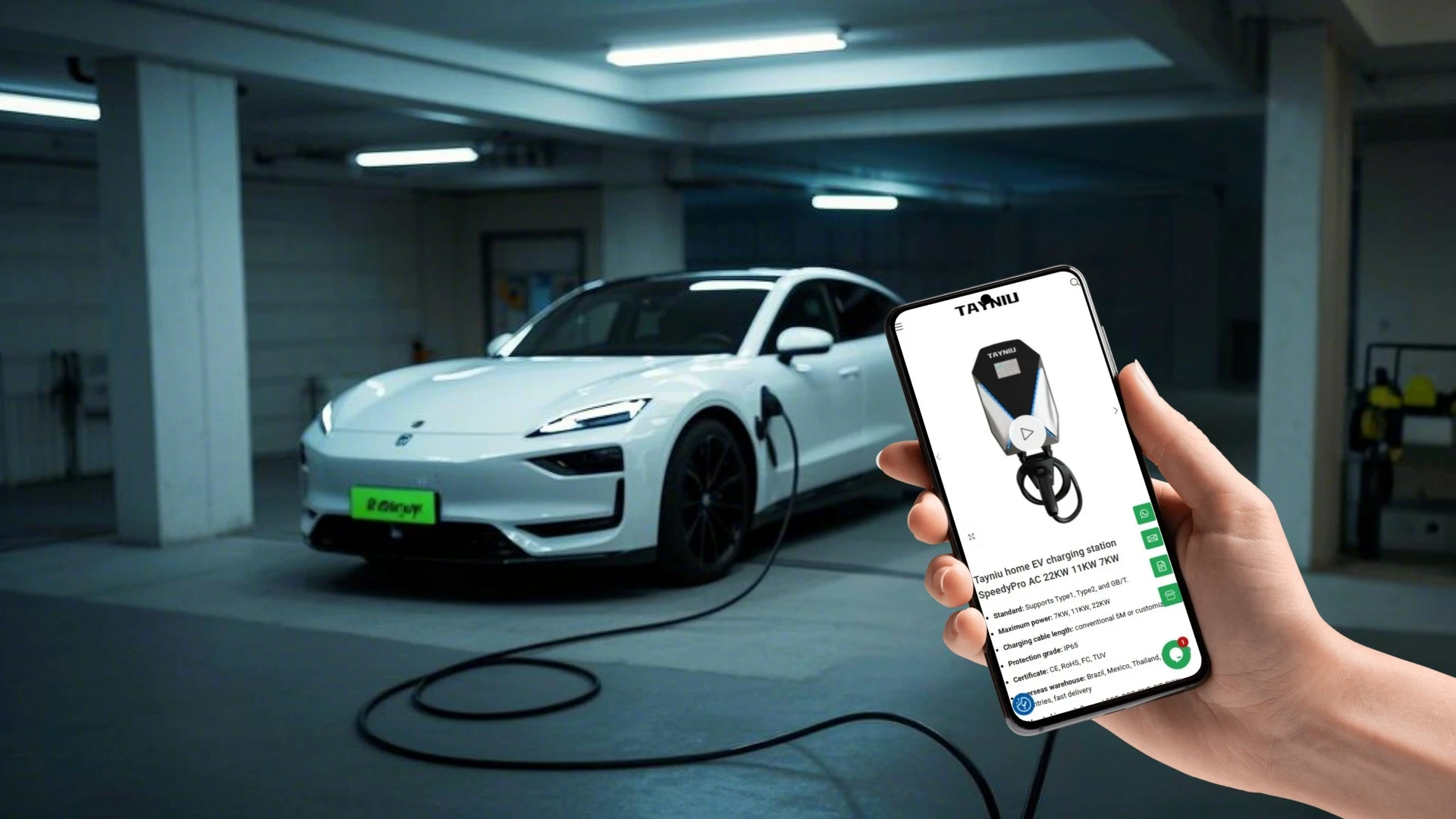The Future of Commercial Electric Car Charging Stations
As electric vehicles (EVs) become increasingly mainstream, the demand for efficient and widely accessible charging infrastructure is accelerating. Among the most critical components of this infrastructure are commercial electric car chargers. These stations are essential for the growing EV ecosystem and pivotal to achieving a more sustainable and energy-efficient future. Let’s explore how innovations in commercial charging are shaping the road ahead.
The Current State of Commercial EV Charging
Commercial electric car chargers are crucial in making EVs a viable and convenient option for millions of drivers worldwide. By late 2022, there were about 2.7 million public EV charging points globally, with fast chargers significantly enhancing long-distance travel and catering to the needs of an ever-growing EV market. However, challenges persist. Commercial charging stations struggle with limited availability, slower charging speeds, and high installation costs. These issues highlight the need for more scalable and efficient solutions.
Despite these hurdles, businesses and municipalities have made significant strides. Fast chargers that deliver 50kW to 150kW are increasingly common, allowing vehicles to charge in 30 minutes or less. Yet, the current state of technology is only the starting point. The future of commercial electric car chargers is poised to bring even greater advancements.

Emerging Trends Shaping the Future
- Ultra-fast Charging Technology: Innovations in ultra-fast charging technology are set to redefine the EV charging experience. Ultra-fast chargers with capacities above 350kW promise to cut charging times to under 10 minutes, significantly enhancing convenience for EV users. This development will enhance convenience and make EVs more appealing to drivers accustomed to the speed of traditional refueling.
- Smart and Connected Charging Stations: Integrating IoT and artificial intelligence into commercial electric car chargers transforms these stations’ operations. Smart chargers can optimize energy distribution, provide predictive maintenance, and adjust pricing dynamically based on demand. This connectivity ensures both reliability and cost-efficiency for businesses and users.
- Renewable Energy Integration: Many future charging stations will incorporate renewable energy sources like solar and wind. By pairing chargers with battery storage systems, these stations can reduce reliance on the grid while promoting sustainability. This trend aligns perfectly with global efforts to cut carbon emissions.
- Wireless Charging Solutions: Wireless, inductive charging is another exciting frontier. Drivers can park their cars over a charging pad without needing physical connectors. This technology is especially promising for commercial applications like taxi fleets and autonomous vehicles, where ease of use is paramount.
Benefits of Future Commercial Charging Stations
The evolution of commercial electric car chargers will deliver a range of benefits:
- Faster Charging: Reduced wait times will make EVs a more practical choice for busy drivers.
- Scalability: Modular designs and innovative technologies will enable businesses to expand their charging networks as demand grows.
- Environmental Impact: Integrating renewable energy will make charging more eco-friendly, helping to combat climate change.
- Economic Opportunities: Advanced charging stations will create new revenue streams for businesses and encourage EV adoption.
Key Innovations Driving Change
Beyond the technologies already mentioned, several innovations are set to propel commercial EV charging into the future:
- Vehicle-to-Grid (V2G) Technology: This two-way energy transfer allows EVs to return power to the grid during peak demand, stabilizing the energy system and lowering user costs.
- Modular Charging Hubs: These high-capacity hubs can serve urban centers and remote locations, offering flexibility for diverse needs.
- User-Centric Features: Enhanced mobile apps will allow drivers to locate chargers, book slots, and pay seamlessly, creating a frictionless charging experience.
Challenges to Overcome
However, challenges persist. High upfront installation costs for commercial electric car chargers can discourage businesses from investing. Regulatory hurdles and the lack of standardized charging protocols across regions also pose significant barriers. As EV adoption accelerates, the strain on electrical grids will also require careful management.
The Role of Businesses and Governments
Unlocking the full potential of commercial EV charging demands strong collaboration between businesses and governments. Programs like government incentives, subsidies, and strategic public-private partnerships are crucial for expanding the required infrastructure. Businesses that invest in charging stations can tap into new revenue opportunities while positioning themselves as sustainability leaders.
Conclusion
The outlook for commercial electric car chargers is exceptionally promising. With breakthroughs like ultra-fast charging and renewable energy integration, upcoming innovations will make EV ownership more convenient and environmentally sustainable. As we move forward, the question remains: How will these innovations reshape urban mobility and sustainability? One certainty remains: the future of commercial EV charging is brimming with opportunities, innovation, and transformative growth.
Last Updated on January 17, 2025 by tayniu



